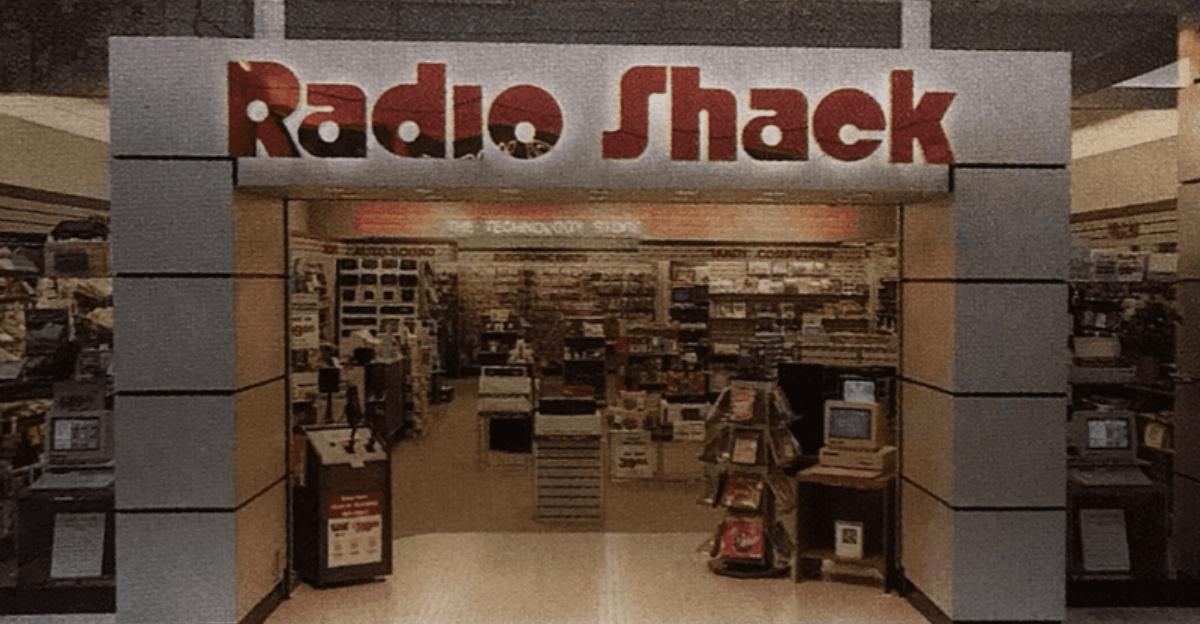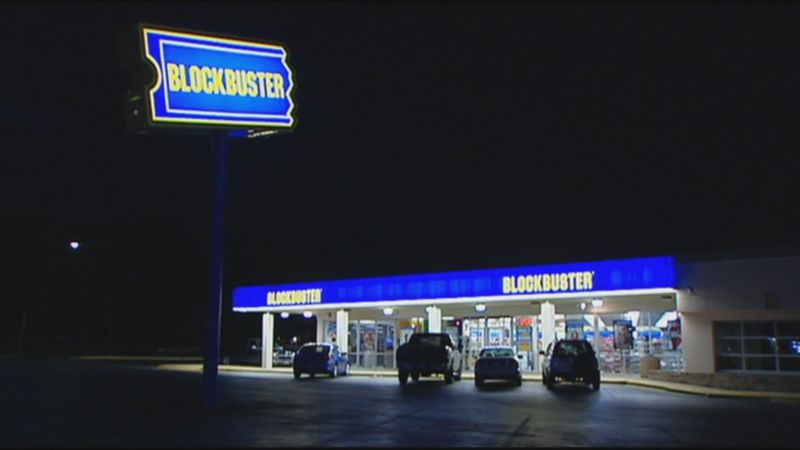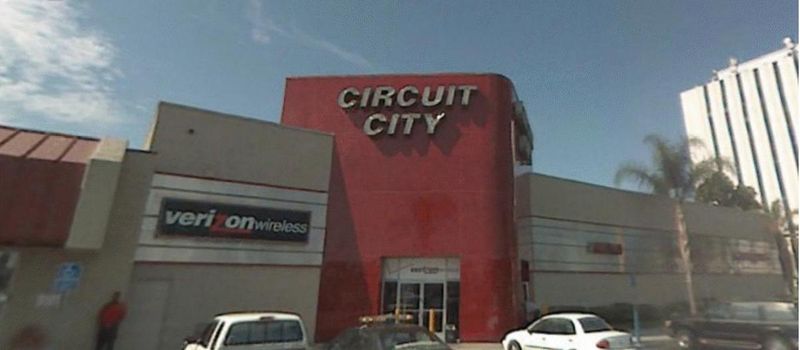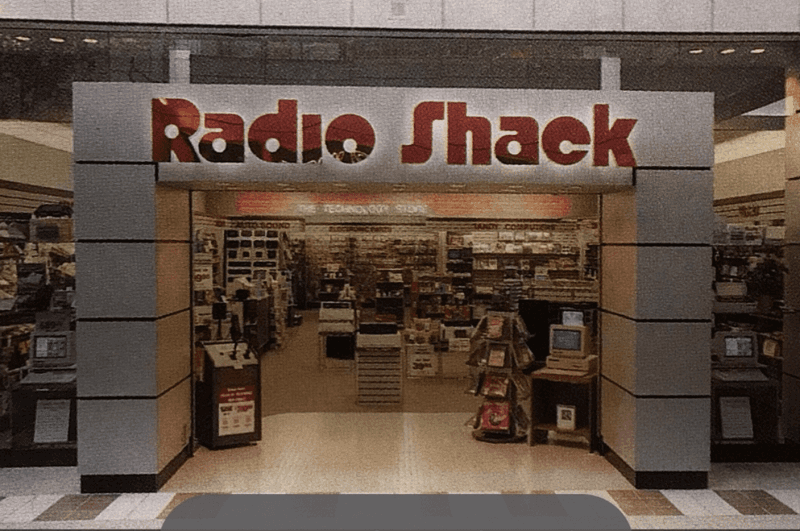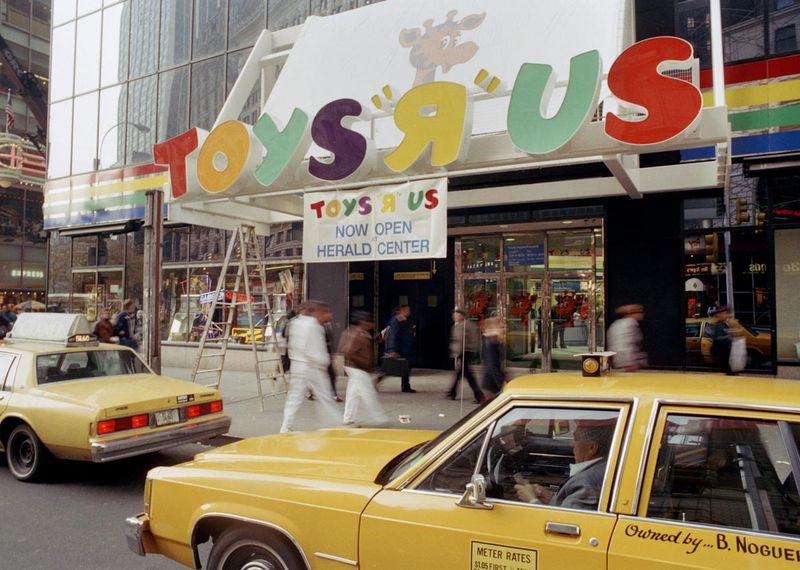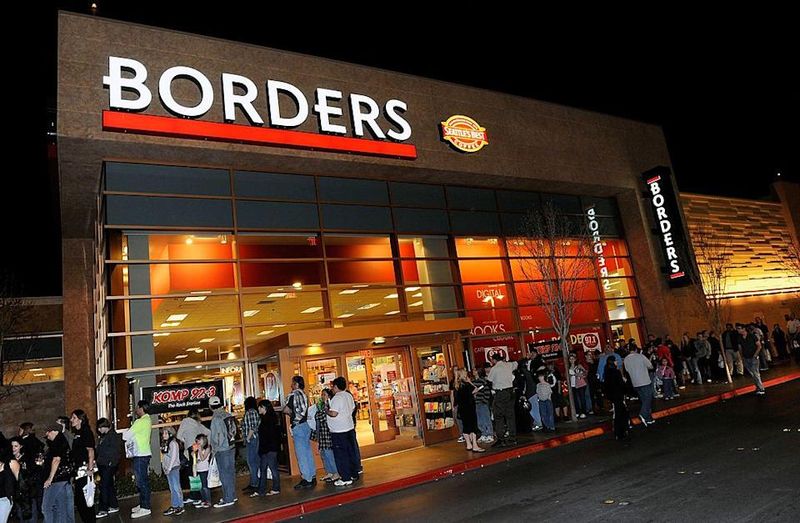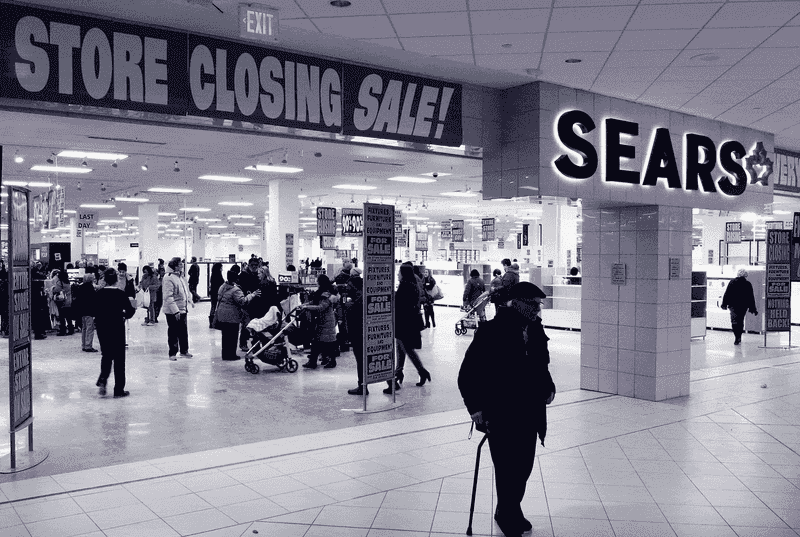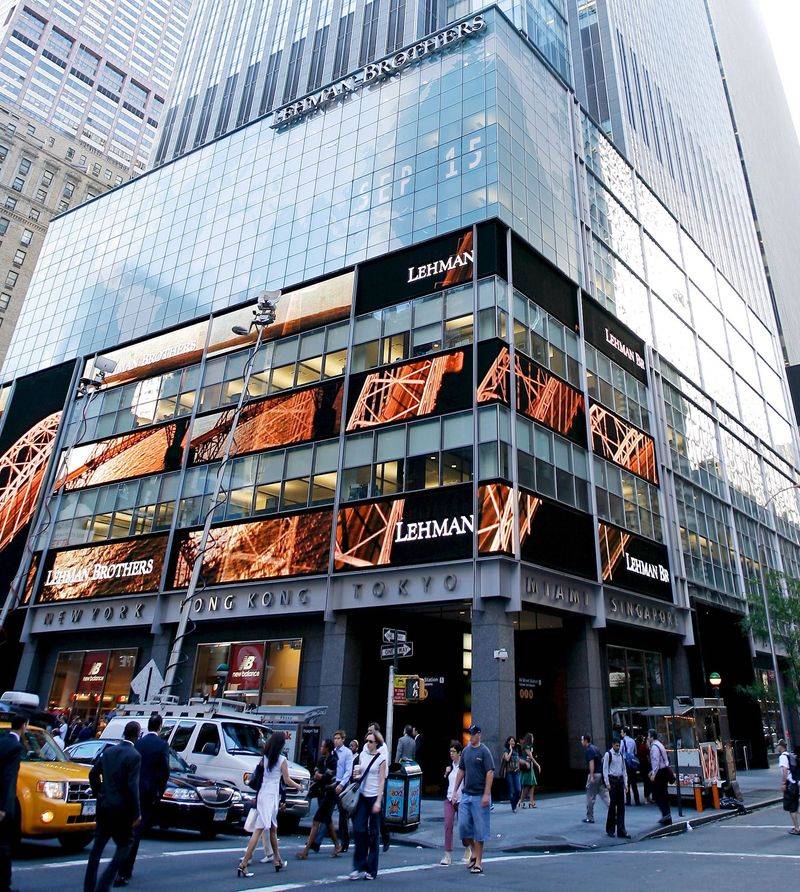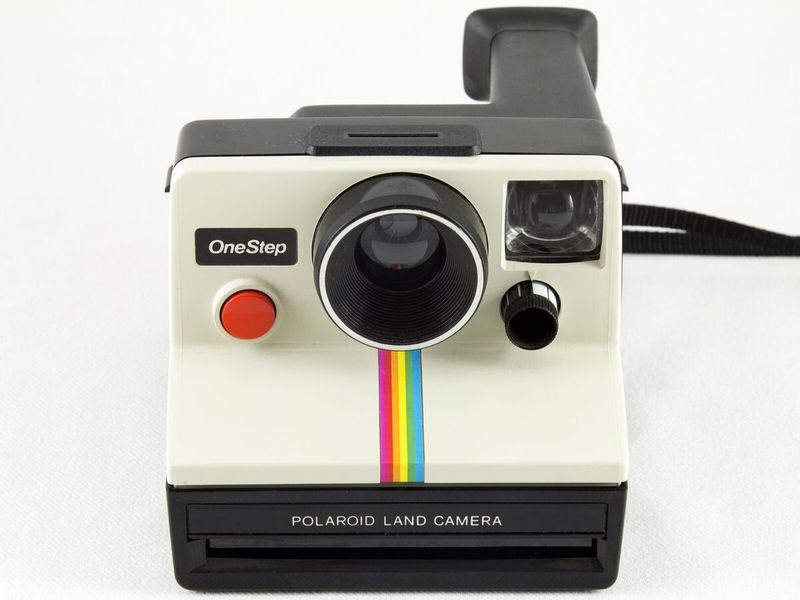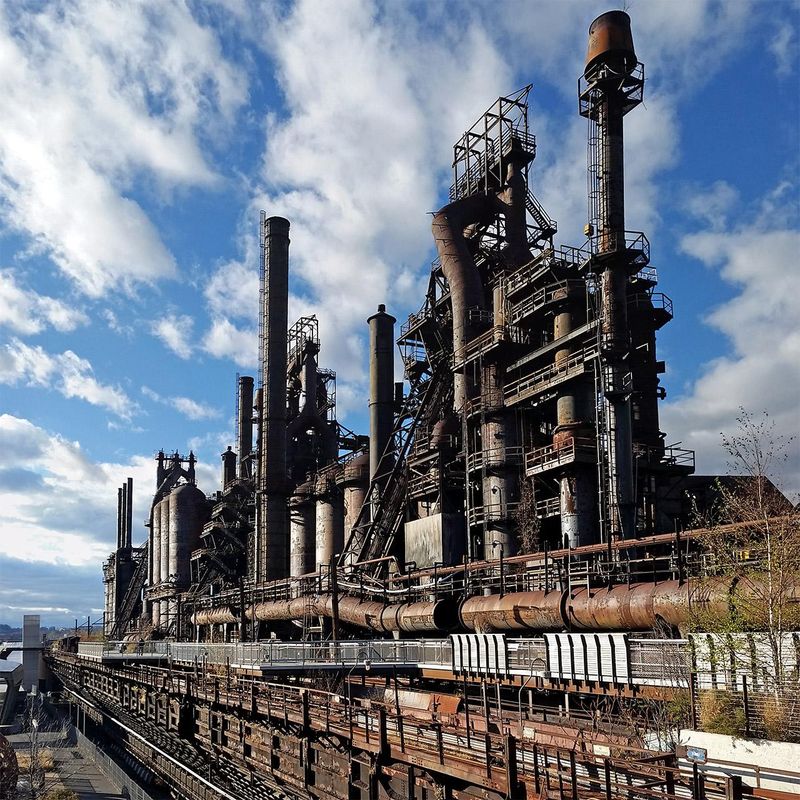In the annals of business history, some companies shine brightly, only to fade away. These 20 companies, once considered unshakeable giants, have left lasting legacies and cautionary tales. From pioneering airlines to retail empires, their stories highlight the dynamic nature of industry and innovation.
Each company faced challenges—be it technological disruption, financial mismanagement, or changing consumer preferences—that ultimately led to their downfall. Join us in exploring the rise and fall of these iconic names, remembering the lessons learned and the indelible marks they left on their respective industries.
1. Pan American World Airways (Pan Am)
As the golden age of international air travel dawned, Pan Am was its shining star. Founded in 1927, the airline symbolized luxury and innovation, introducing the first round-the-world flight. Its iconic blue globe logo and customer service set new standards. However, the 1970s oil crisis and economic challenges led to turbulent times. By 1991, financial woes grounded the once-mighty fleet. Pan Am’s story is a testament to the volatility of the airline industry, where even giants can fall. Yet, its legacy of firsts continues to inspire modern aviation.
2. Eastern Air Lines
In the mid-20th century, Eastern Air Lines was a pillar of U.S. aviation. Known for its ‘Wings of Man’ slogan, it flew millions across America with efficiency and style. Founded in 1926, it expanded rapidly post-World War II. However, deregulation in the late 1970s exposed financial vulnerabilities. Despite efforts to adapt, by 1991, Eastern could no longer soar above its challenges. Its bankruptcy marked the end of an era, but also a lesson in market adaptation. Eastern’s journey reflects the highs and lows of competitive air travel.
3. Woolworth’s
Woolworth’s transformed shopping with its iconic five-and-dime stores. Founded in 1879, it offered affordable goods, revolutionizing the retail landscape. By mid-20th century, it had become a staple on Main Streets across America and beyond. Yet, the rise of specialty and discount retailers created stiff competition. Unable to modernize swiftly, Woolworth’s faced declining sales. By 1997, its U.S. outlets had closed, with the UK following by 2009. Woolworth’s history is a tapestry of retail evolution, reminding us that innovation is crucial in a changing market.
4. Blockbuster
In the 1990s, Blockbuster was the go-to destination for movie nights. With over 9,000 stores, it redefined home entertainment, making films accessible to all. Yet, its refusal to embrace online streaming became a critical misstep. As Netflix and digital platforms surged, Blockbuster’s physical model crumbled. By 2010, the once-dominant chain filed for bankruptcy. Blockbuster’s tale is a classic story of missed opportunities in the face of technological change. Today, it serves as a nostalgic reminder of past entertainment habits and the importance of adaptability.
5. Eastman Kodak
Eastman Kodak was synonymous with photography for over a century. The company pioneered film technology, making capturing moments accessible to millions. However, as digital cameras emerged, Kodak hesitated to pivot from its film roots. This reluctance led to significant market share loss. By 2012, Kodak sought bankruptcy protection, marking the end of an era. Despite its struggles, Kodak’s innovations laid the foundation for modern photography. Its story highlights the crucial need for companies to adapt swiftly to technological advancements to stay relevant.
6. Circuit City
Circuit City was once a leading electronics retailer, second only to Best Buy. Launched in 1949, it offered a wide range of electronic goods, becoming a household name. However, its inability to adapt to changing retail trends and online competition proved detrimental. By 2009, Circuit City filed for liquidation. Its story serves as a cautionary tale of the retail industry’s rapid evolution, where staying stagnant is not an option. Circuit City’s legacy remains in the memories of shoppers who once frequented its bustling aisles and gadget-filled shelves.
7. RadioShack
Founded in 1921, RadioShack was a haven for tech enthusiasts. It offered a diverse array of electronics, from radios to the latest gadgets. However, the digital age shifted consumer habits, and RadioShack struggled to keep pace. Despite attempts to revitalize, it filed for bankruptcy in 2015 and again in 2017. Its decline underscores the importance of evolving with consumer trends and technological advancements. In its heyday, RadioShack was an electronics utopia, but its failure to innovate led to its eventual downfall.
8. Toys “R” Us
For decades, Toys “R” Us was every child’s dream destination. The toy behemoth, with its ‘I’m a Toys “R” Us kid’ jingle, captured hearts worldwide. Yet, mounting debt and fierce online competition led to its 2017 bankruptcy. Despite attempts to restructure, U.S. stores closed, marking the end of an era. Toys “R” Us is a poignant reminder of the evolving retail landscape and the need for adaptation. It remains a cherished memory for those who wandered its aisles, dreaming of their next plaything and adventure.
9. Borders Group
Borders was a haven for book lovers, with spacious stores and diverse selections. Founded in 1971, it expanded to over 1,200 locations. However, its late entry into e-books and online retailing sealed its fate. By 2011, Borders liquidated its assets, unable to compete with Amazon and digital formats. Borders’ story is a reminder of the literary industry’s shift towards digital consumption and the need for timely innovation. Book enthusiasts fondly recall its inviting spaces, where discovering a new favorite read was just a stroll away.
10. Sears, Roebuck & Co.
Sears, once the titan of American retail, was a household name. Founded in 1892, it revolutionized shopping with its catalog and vast department stores. However, the rise of competitors and failure to adapt to e-commerce led to its decline. By 2018, Sears filed for bankruptcy, closing most of its stores. Its story reflects the ongoing challenges faced by traditional retailers in the digital age. While its physical presence dwindles, the legacy of Sears endures in the memories of those who shopped its aisles for everything from tools to toys.
11. Lehman Brothers
Lehman Brothers was a financial colossus, deeply embedded in Wall Street’s fabric. Founded in 1850, it weathered numerous economic storms, becoming a major player in global finance. However, the 2008 financial crisis revealed deep vulnerabilities. Lehman’s collapse was the largest bankruptcy in U.S. history, sending shockwaves worldwide. Its story serves as a stark reminder of the financial sector’s fragility and the ripple effects of unchecked risks. Though Lehman is gone, its impact on financial regulations and market practices continues to shape the industry.
12. Enron
Enron was an innovator in energy trading, rising rapidly to become a corporate powerhouse. Its complex financial strategies dazzled investors. However, the facade crumbled in 2001, revealing widespread accounting fraud. Enron’s bankruptcy was a watershed moment in corporate governance, leading to significant regulatory changes. Its downfall is a case study in ethics and transparency in business. The Enron saga remains a compelling narrative of ambition gone awry, with lessons on the perils of unchecked corporate ambition and the importance of ethical stewardship.
13. Polaroid
Polaroid was synonymous with instant photography, creating magic with every click. Founded in 1937, it allowed users to see their pictures develop before their eyes. Yet, the digital revolution overshadowed its innovation. Despite attempts to adapt, Polaroid filed for bankruptcy in 2001 and again in 2008. Its journey highlights the challenges of maintaining relevance amidst technological shifts. Polaroid’s legacy lives on, evoking nostalgia and inspiration for new generations. The iconic instant photo is a testament to the brand’s enduring influence on photography culture.
14. Myspace
Myspace was the vibrant heart of social networking in the early 2000s. It connected millions, allowing users to customize profiles with music and graphics. Yet, Facebook’s rise eclipsed Myspace’s allure. By 2011, it was sold at a significant loss. Myspace’s story highlights the transient nature of online platforms and the importance of innovation to maintain user engagement. Its legacy is seen in the social media landscape’s evolution, reminding us of the nostalgia of early digital self-expression and the rapid pace of technological change.
15. AltaVista
AltaVista was a pioneer in search technology, launching in 1995. It offered users an unprecedented level of information access. However, as Google emerged, AltaVista struggled to compete. Acquired by Yahoo in 2003, it was eventually closed in 2013. AltaVista’s story is a testament to the relentless pace of technological innovation and competition. Though it faded, its impact on search technology paved the way for future developments. For those who remember, AltaVista evokes nostalgia for the early days of the internet and its rapid transformations.
16. BlackBerry (Research In Motion)
BlackBerry was the smartphone pioneer, beloved for its physical keyboard. In the 2000s, it was a status symbol for professionals. Yet, as iPhone and Android redefined the market, BlackBerry’s grip weakened. Its failure to innovate its smartphone offerings led to a decline. The company shifted focus away from handsets, marking the end of an era. BlackBerry’s journey underscores the need for adaptation in tech markets. Its legacy lives on in the hearts of fans who cherished its unique devices and the early days of mobile communication.
17. Quibi
Quibi promised to revolutionize streaming with its mobile-first approach. Launched in April 2020, it targeted on-the-go viewers with short-form content. However, poor adoption and unforeseen challenges led to its shutdown a mere six months later. Quibi’s brief existence is a stark reminder of the unpredictable nature of digital media ventures. Despite its failure, Quibi’s concept of quick, accessible content remains relevant. Its story reflects the fast-paced evolution of entertainment consumption, where innovation and adaptability are key to survival.
18. American Apparel
American Apparel was known for its edgy ads and vertically integrated business model. Founded in 1989, it rapidly became a fashion icon. However, financial mismanagement and controversial leadership led to bankruptcies in 2015 and 2016. The brand was ultimately sold off, marking the end of an era. American Apparel’s rise and fall highlight the fashion industry’s volatility. Its legacy persists in the memories of bold advertising and unique style. For those who wore its clothes, it remains a symbol of youthful expression and creativity.
19. Bethlehem Steel
Bethlehem Steel was once the backbone of American industry, producing steel that built iconic structures. Founded in 1857, it grew to become the world’s second-largest steel producer. Yet, competition and changing industry dynamics eroded its dominance. By 2001, Bethlehem Steel filed for bankruptcy, and its plants were shuttered or sold. The company’s story reflects the global shifts in manufacturing and the challenges of maintaining industrial supremacy. Despite its decline, Bethlehem Steel’s legacy endures in the infrastructure it helped create and the communities it once supported.
